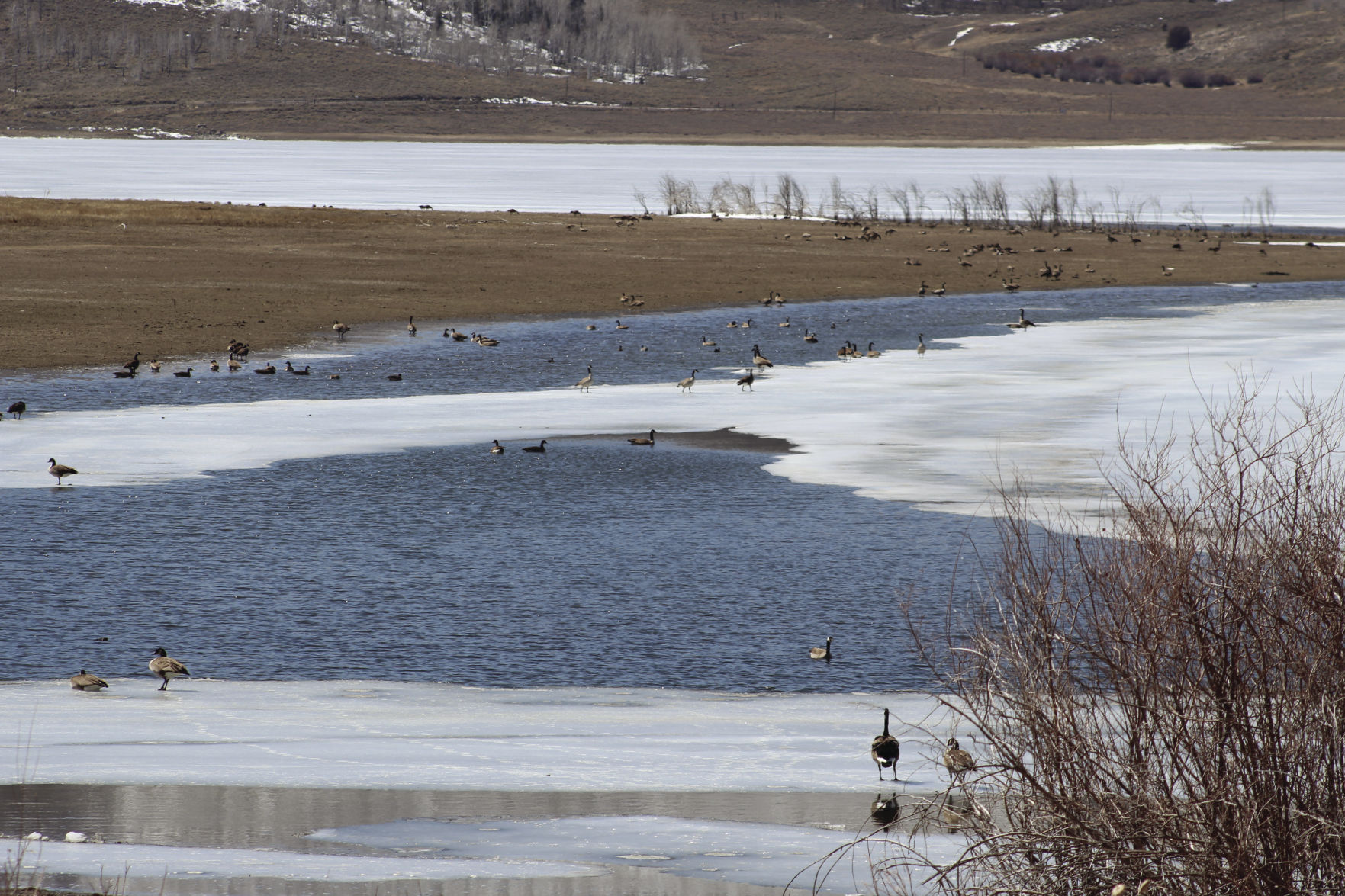Utah has a growing population and a limited water supply. It is the second driest state in the nation, and much of the state is classified as desert, receiving less than 13 inches of annual precipitation. At the same time, Utahns have the second highest water use rate in the nation, partly due to the desert environment and developed landscapes dependent on irrigation, according to the Utah Division of Water Resources.
Carbon County, located in the rain shadow of the Wasatch Plateau, receives about nine inches of rain annually. Snowfall averages 19 inches. The winter of 2016-2017 was the exception to the drought conditions that have prevailed for many years. The unusually wet winter replenished area reservoirs that were trending below normal storage levels, and well below capacity.
But the drought conditions have resumed this year in Utah and throughout the Southwestern United States. The water year-to-date precipitation amounts are running at least 25-50 percent below normal for much of the region. Mountain snowpack is less than 25 percent of normal across most of the Intermountain West.
Some portions of the Colorado River Basin are in the 18th year of drought, prompting water officials to wonder if drought is the right word to use when talking about a fundamental climate shift that seems to be occurring in the southwest. According to a paper published by the Colorado River Research Group, drought implies a temporary phenomenon, and is not adequate to describe emerging conditions in the Colorado River Basin. The research group suggests aridification as the right word to use to guide Colorado River management practices.
According to the Utah Drought Monitor, abnormal dryness or drought is affecting 2,764,000 people, most of the population of the state. Abnormally dry conditions exist in extreme Northern Utah, but otherwise the Utah is experiencing moderate to extreme drought statewide.
The Utah Drought Monitor map shows most of Carbon and Emery Counties in a severe drought. But the western edge of both counties is classified as extreme drought. Precipitation this year is currently 62 percent of average, compared to 137 percent of average at this time last year. Snow water equivalent of the snowpack in the mountains is just 56 percent of the median, compared to 132 percent last year at this time.
The encouraging news is that due to last winter’s heavy precipitation, reservoir storage in the Price/San Rafael River Basin is still well above average for this time of year. As of April 1, Basin-wide storage is 123 percent of average compared to 83 percent at this time last year, based on measurements at four reservoirs.
With a capacity of 65.8 thousand acre feet (KAF) of water, Scofield Reservoir is the largest reservoir in Carbon County. It currently contains 53.7 KAF, which is 175 percent of average for this time of year.
Joes Valley Reservoir is the largest reservoir in Emery County with a capacity of 61.6 thousand acre feet of water. It currently contains 45.9 KAF, which is 115 percent of average for the date.
While the current reservoir storage may be adequate for municipal, industrial and agricultural uses this year, another wet season like the winter of 2016-2017 will be needed to refill them for use next year.
Drought to impact most of state’s population

The south shoreline of Scofield Reservoir is shown above. This year drought conditions have returned to the state, making this winter’s snowfall critical to replenishing 2019’s water supplies. Rick Sherman, Sun Advocate Reporter
